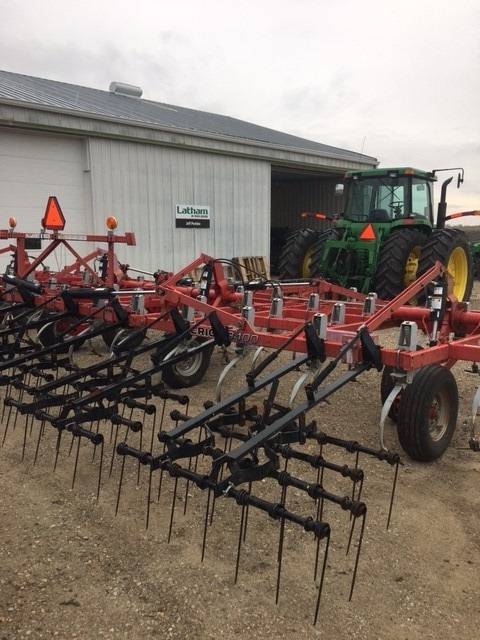Tune in for in-field discussion on cover crop spring growth and details on termination!
For the Facebook Live Video, click here: https://www.facebook.com/LathamSeeds/videos/10156377002367138/
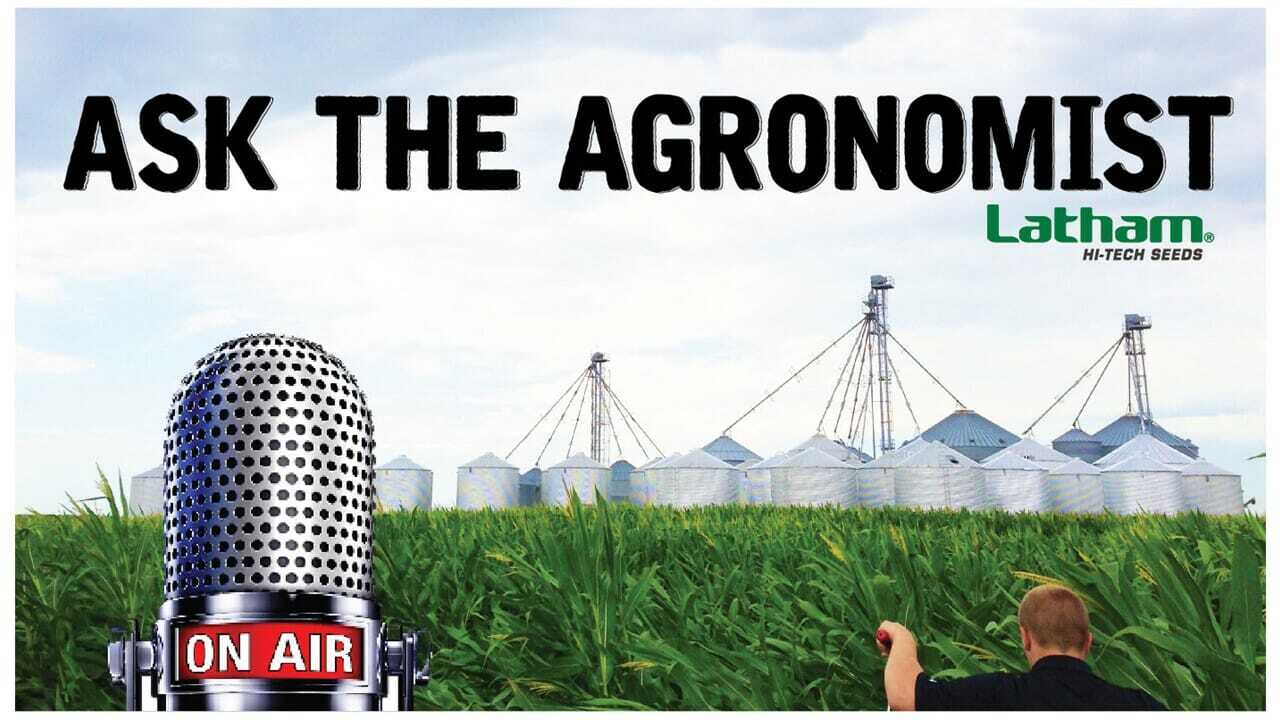
Tune in for in-field discussion on cover crop spring growth and details on termination!
For the Facebook Live Video, click here: https://www.facebook.com/LathamSeeds/videos/10156377002367138/

Tune in as Phil Long discusses timing and tips on terminating cereal rye. Click the FB video link here: https://www.facebook.com/LathamSeeds/posts/10156324788007138

Tune in today to discover the benefits of the Driller Daikon Radish Cover Crop! For the Facebook Live video, click here!

Welcome back to our Ask the Agronomist podcast! This week, Phil and Kilah discuss cover crops & Phil shares a #fromthefield update! Tune in for a 10-minute agronomy tidbit!
Submit your #crop17 growing questions to us on either Facebook, Twitter, Snapchat or Instagram. Thanks for tuning in!
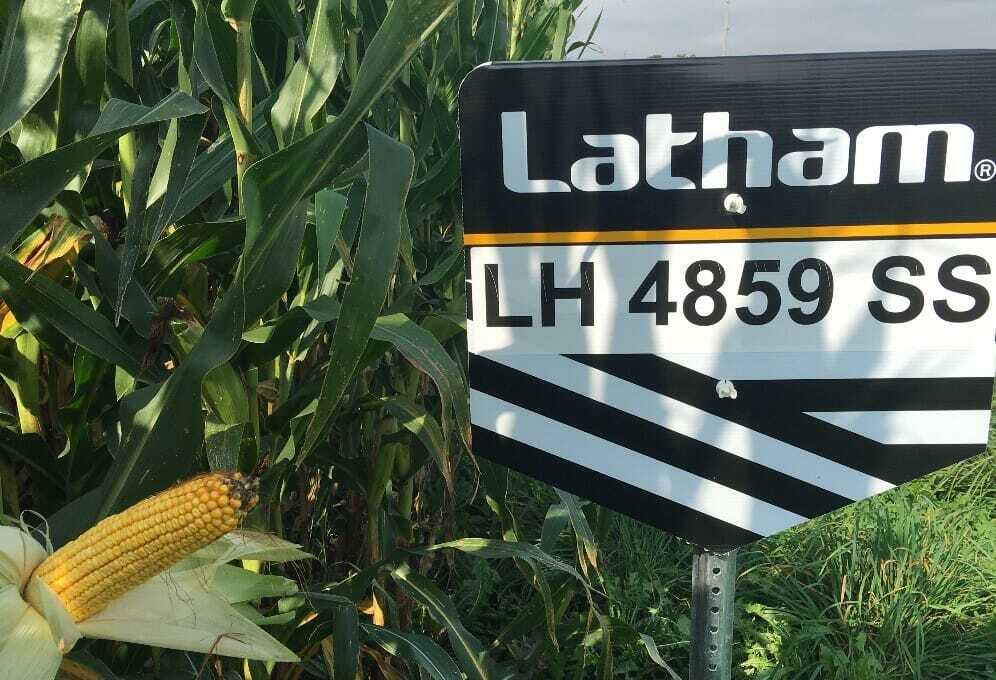
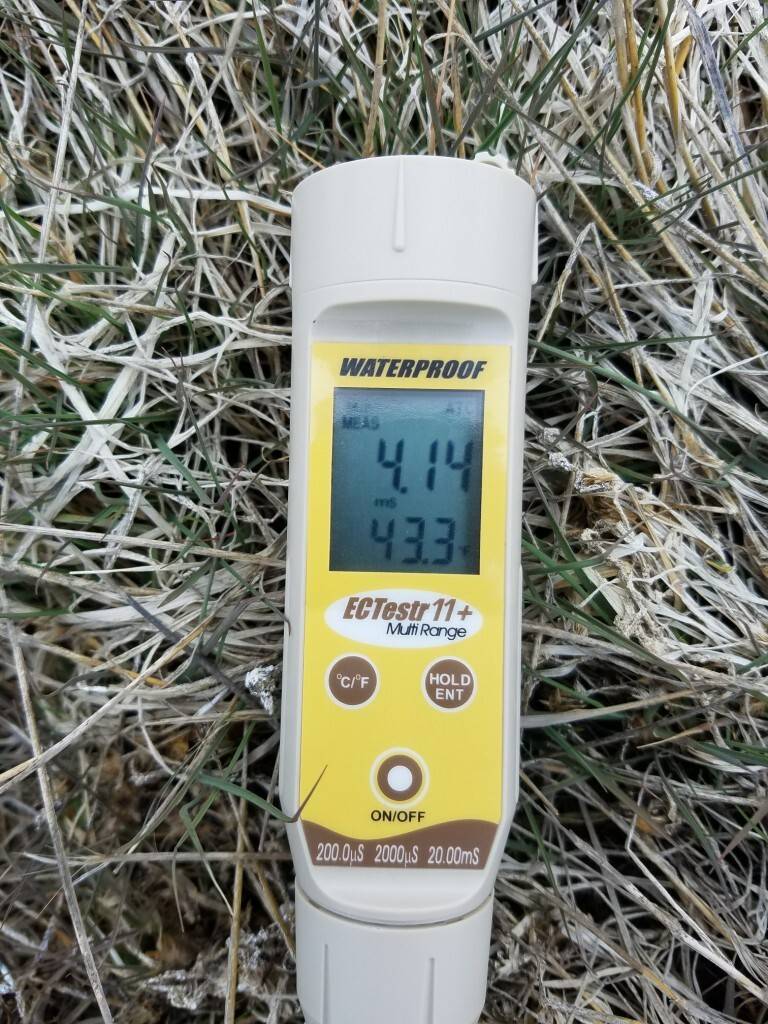
Temperatures around Enderlin, North Dakota reached 50 degrees, but a cold front moved in Saturday night. Snow fell across parts of northern Minnesota and the Dakotas, so it’s not planting weather here now. Mostly small grains have been planted. Soil temperatures need to rise and fields need to dry before corn planting gets underway.
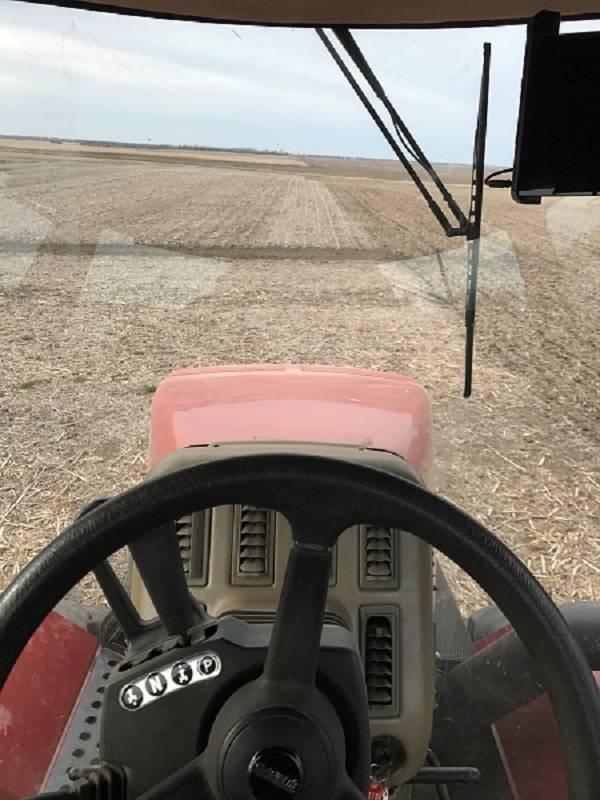
When it 37 degrees and overcast on the prairie, the seed sits safely in the shed.
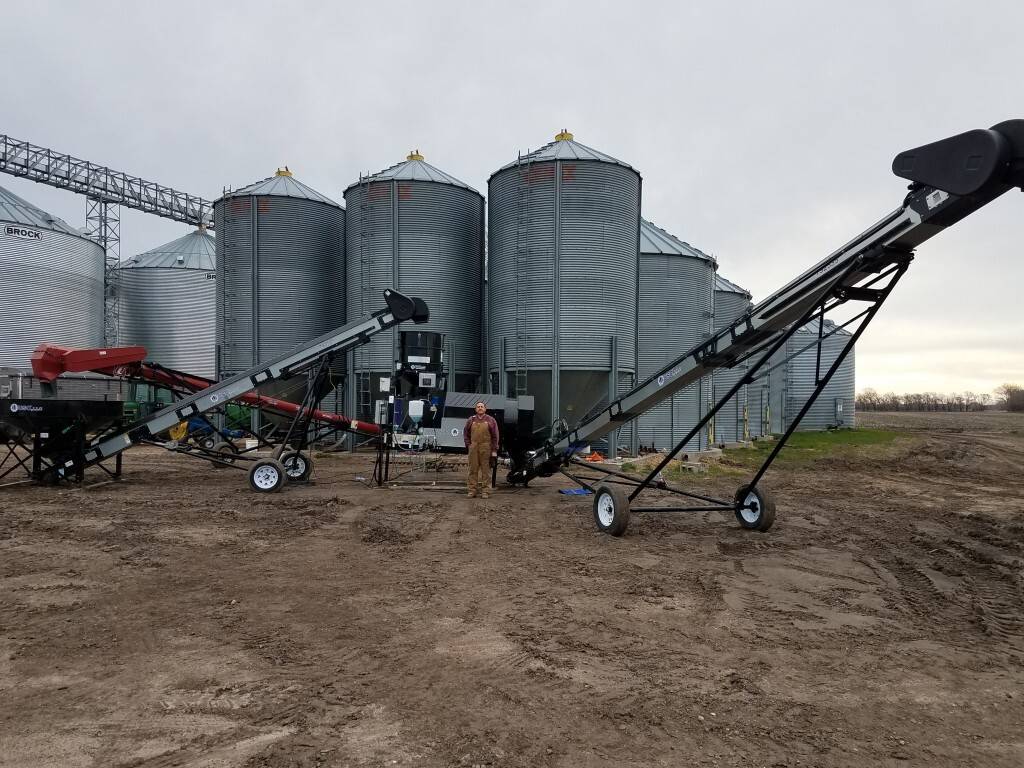

In northern Wisconsin, farmers are waiting for the cover crops to be sprayed before they begin planting. This farmer experimented with multiple ways to seed cover crops in 2016. He seeded this rye with an airplane into standing soybeans about 2-3 weeks prior to harvest. Now that the soil has dried, spring fieldwork is underway and the first Latham corn plot has been planted south of Monroe, WI!
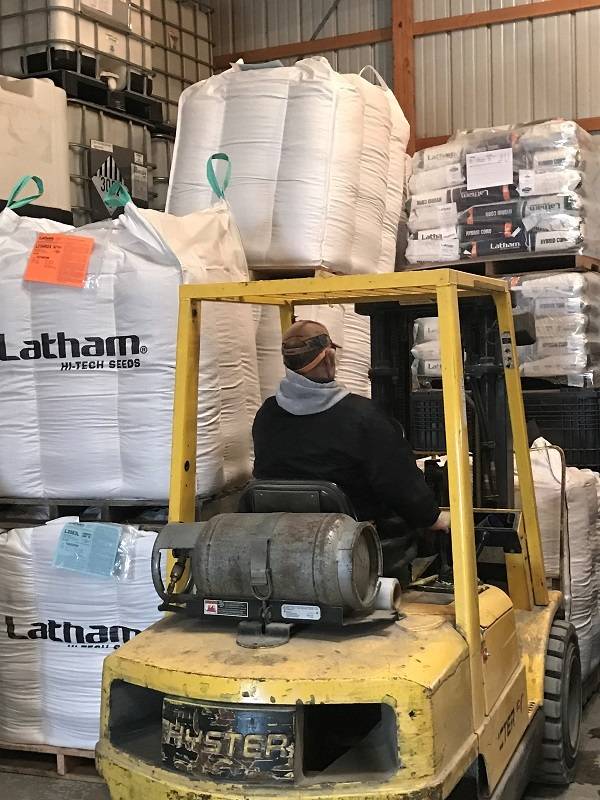
Pictures above display soil temperatures dropping at a rapid pace.
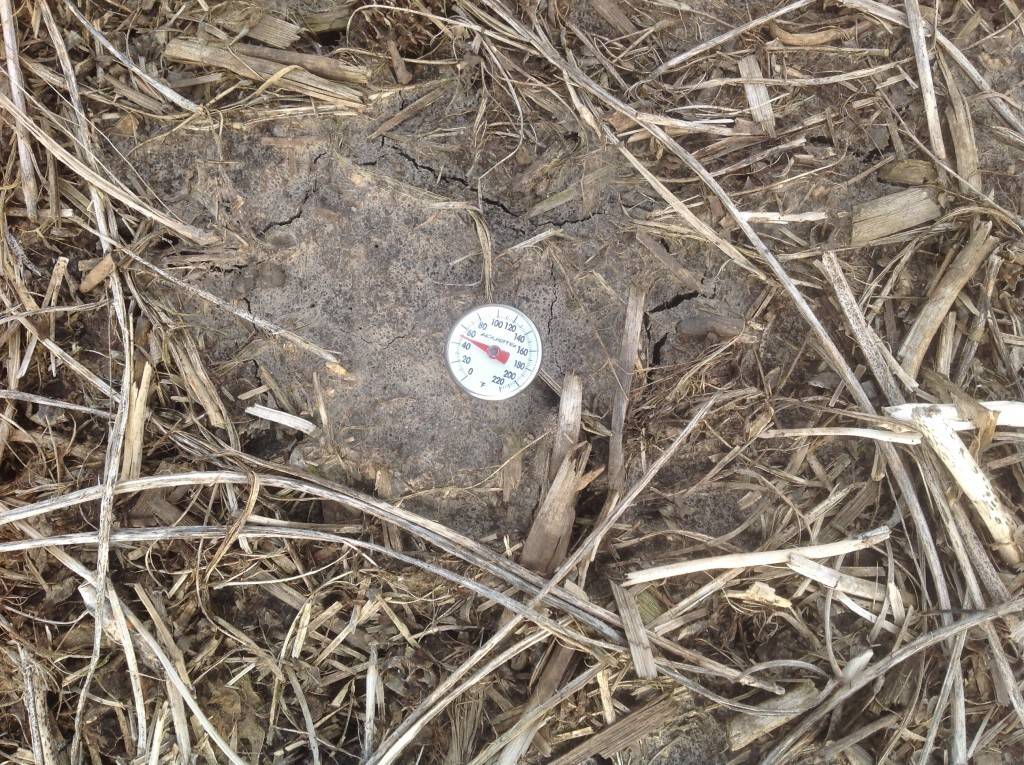
#Plant17 is taking place in Eastern Iowa! In addition to fieldwork, new this week is a 14 hybrid plot put in by Iowa City.
When the calendar pages turn toward the end of April and seed corn is sitting in the shed, many farmers feel anxious about getting seed in the ground. Yields will be better when seed is planted into warmer soil at a later planting date than they will be if soil temperatures drop and cold rains fall shortly after planting. The biggest threat of imbibitional chillingis 24 to 48 hours after planting. When seed absorbs water colder than 50 degree F, loss of seed vigor and death may result.
